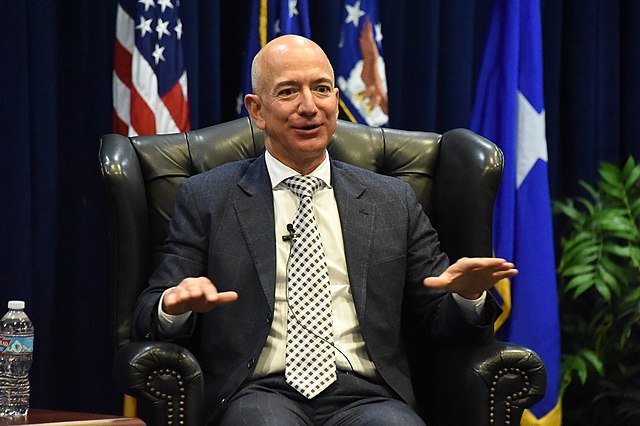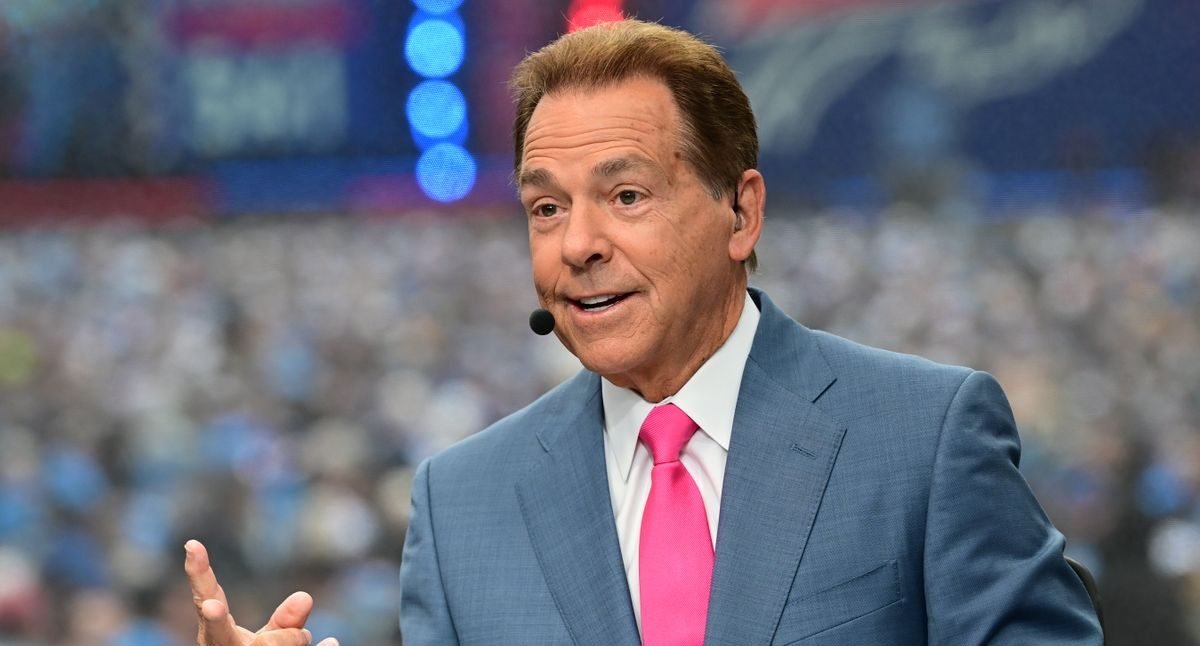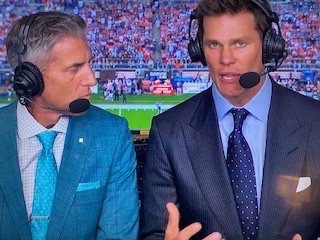Believe it or not, some journalists won’t exercise their right
/AI-generated Image by KP Yamu jayanath
Some people won’t vote Tuesday. Such as lazy people. Sadly oblivious people. People protesting two unacceptable candidates. Ill people. People without transportation. And a small group you might not have thought of: Journalists who believe voting would compromise their impartiality.
New York Times chief White House correspondent Peter Baker, whose commitment to impartiality has drawn critical claims that it causes him to soft-pedal his language about Donald Trump, wrote this in 2020: “As reporters, our job is to observe, not participate…. I try hard not to take strong positions on public issues even in private, much to the frustration of friends and family. For me, it’s easier to stay out of the fray if I never make up my mind, even in the privacy of the kitchen or the voting booth, that one candidate is better than another, that one side is right and the other wrong.”
Dan Gillmor, a former journalism professor at Arizona State University and a well-respected media commentator, called Baker’s perspective “the ‘view from nowhere’ at its most classic – and absurd.”
A few weeks ago, Washington Post media critic Erik Wemple fielded an online question from a reader who wondered why he was seeing more and more reporters state in their online bios that they don’t vote. Wemple called the decision not to vote “a bunch of malarkey…. It’s an empty and performative exercise.”
When Kelly McBride of the Poynter journalism education institute prompted a social media debate in 2020 about whether journalists should vote, one poster responded: “Should food journalists eat?”
Many newsrooms restrict their employees’ political activities, even staff who don’t report on politics. They can’t participate in campaigns or demonstrations, donate money, sign petitions or display bumper stickers or yard signs. On hot-button issues such as the Black Lives Matter movement and the current war in Gaza, the prohibitions clashed with the consciences of some journalists, causing a few news organizations to ease up, but only slightly.
Organizations can’t prohibit voting, and they don’t try to discourage it. Some journalists on the politics beat just choose not to do it out of principle.
That may seem strange when no one is going to know which candidate they voted for. But everyone is going to know that a journalist did pick a side. Primaries are more fraught than general elections, because in almost all states it’s public record whether an individual voted in the Republican or Democratic primary. Cynics could use that against a political reporter’s work even if there’s no basis. It could affect the audience’s perception, too.
My former colleague John Archibald, a two-time Pulitzer Prize winner who writes opinions for AL.com, has a longtime policy not to vote. He said a 2008 explanation column cost him more readers than anything he’d written to that point.
The reason for not voting, he wrote in 2012, is that he didn’t want the act of picking a candidate – even in secret – to influence his ability to hold any and all politicians accountable when he wrote columns. And that voting was an act of partisanship that ran counter to the journalistic value of objectivity.
Guess what. John said by email a few days ago that he’s considering voting for president Tuesday.
He’s changed his thinking, he said. He also figures everyone knows where he stands anyway. And he notably adds: “I think it is a critical moment in history.”
Can’t argue with that.
I endorse journalists striving for impartiality and doing whatever they believe is necessary to try to achieve it. But it is possible to engage in this most basic of civic activities and still produce journalism that can’t be legitimately challenged as biased.
That’s not all. Look at the stark differences in Tuesday’s choice of presidential candidates. More candidly, look at the extraordinary dangers posed by the Republican nominee. I think for non-voting journalists, sticking to their principle this year will be harder than ever. It certainly should be.


















